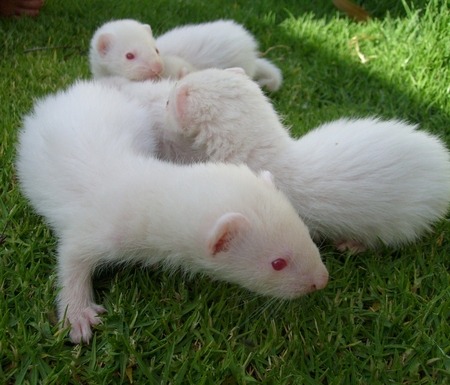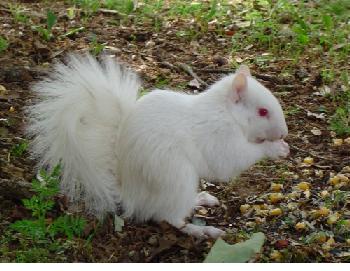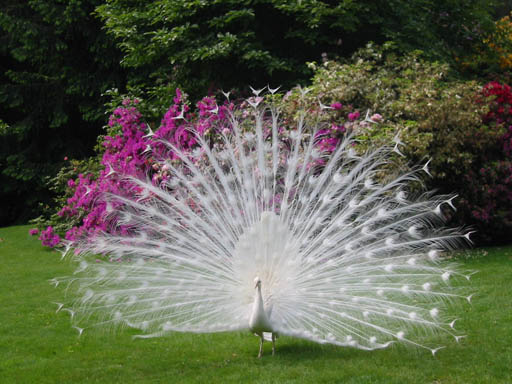|
|
|---|
Friday, September 24, 2010
 |
| Under a female ginkgo tree |
 |
| Fossil gingko leaf |
Lots of gingko trees are growing all over the world, but these are trees that people have planted. Ginkgos may be extinct in the wild, or maybe there are a few left in two small areas in eastern China. These might be wild gingko trees, but they also might have been planted by monks during the last 1,000 years or so.
Buddhists revere the gingko, and that is why they plant this tree in their temple gardens. They have kept records of the trees that were planted, and some are over 500 years old. The ancient Chinese called the ginkgo "the tree with leaves like a duck's foot," which is a very good description of it, in my opinion. Another name for the tree is maidenhair-tree because the leaves are shaped like the fronds of a maidenhair fern.
 |
| Male gingko |
Anyway, like I mentioned before, there are female ginkgo trees that produce stinky seeds. And there are also male trees that aren't stinky at all. The male trees make cone things with pollen in them, and then the female trees make seeds. I thought those things growing on the female trees were fruits, but after doing my research, I learned that they are really soft, squishy seedpods.
Gingko trees are popular because they grow nicely in towns, and they hardly ever get diseases or bugs or anything like that. Of course, in some places, it is illegal to plant female gingkos, so a lot of people plant a male cultivar called "Autumn Gold," which probably got its name because in the fall, gingko leaves turn bright yellow, which makes them very pretty to look at.
 |
| Gingko seeds without the slimy seedpods |
In Asia, people use the gingko seeds in their cooking. Also some people think that if you take gingko biloba as a medicine, it will keep you from getting Alzheimer's, but there is no proof that this is true. What ginkgo can do for sure is it can help your blood circulate better and maybe keep you from getting blood clots. And having your blood flow better can help you maybe not have headaches, short-term memory loss, depression, or ringing in your ears.
Now I will tell you an amazing story about how strong and tough gingko trees are. If you remember your history lessons, you will know that in 1945, an atomic bomb was dropped on Hiroshima. Well, guess what! Six ginkgo trees survived this bomb, even though they were very close to the center of where it exploded. And after a month or so, they budded out again and went on growing, and they are still alive today.
 |
| Charred trunk of Anraku-ji ginkgo |
Here is a picture of one of these ginkgo trees, and it's located at a temple called Anraku-ji. It was 2,160 meters from the bomb blast. The temple was rebuilt in 1948 with a hole in the roof to give the tree room to grow. The plaque says, "This Gingko withstood the atomic bombing on August 6th 1945. There are still scorch marks on the upper part of the trunk from the blast."
Okay, so that is all I'm going to tell you about this interesting tree. Of course, if my brothers were writing this blog entry, they would say that gingko trees are also good to pee on, but they think any tree is good to pee on! I will just give you the advice that if you want to plant a gingko tree, you should make sure to plant a male one!
 |
| Ginkgo leaf designs make nice artwork |
0 Comments:
Subscribe to:
Post Comments (Atom)



















